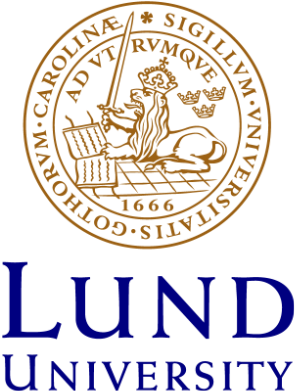Date: 28 February
Time: 13.15-15.
Room SOL A158 or on zoom https://lu-se.zoom.us/j/62491331134
Are complex words real mental objects represented in the lexicon as such, or are they learnt, stored and processed as mere combinations of individual morphemes bound together by morphosyntactic rules? Do these mechanisms differ depending on the type of morphology under investigation? Such questions debated in (psycho)linguistic literature can be straightforwardly addressed using neurophysiology. Using MEG and EEG, we have established a distinct double dissociation pattern in neurophysiological responses to spoken language, which can reflect lexical («representational») vs. (morpho)syntactic («combinatorial») processes in the brain. These are manifest as: (1) a larger passive (i.e. obtained without any stimulus-related task) brain response to meaningful words relative to matched meaningless pseudowords, reflecting stronger activation of pre-existing lexical memory traces for monomorphemic words (= lexical ERP/ERF pattern), (2) a smaller brain response amplitude for congruous word combinations (reflecting priming via syntactic links), relative to incongruous combinations where no priming is possible (=combinatorial pattern). This double dissociation – larger response for auditorily presented simple holistic representations vs. smaller response for well-formed combinatorial sequences – allows, in turn, for clear experimental predictions. Such experiments could test the nature of morphosyntactic processing by presenting the subjects with real complex words and incongruous morpheme combinations in passive auditory event-related designs, and comparing the relative dynamics of their brain responses.
We have used this neurophysiological approach to address a range of morphosyntactic questions: neural processing of compound words, past tense inflections, particle verbs as well as differences between inflectional and derivational morphology and processes of complex word acquisition in L1 and L2. This body of results generally supports a flexible dual-route account of complex-word processing, with a range of strategies involved dynamically, depending on exact psycholinguistic stimulus properties. Furthermore, as these experiments indicate, comprehension of spoken complex words is a largely automatized process underpinned by a very rapid (starting from ~50 ms) neural activation in bilateral perisylvian areas.
